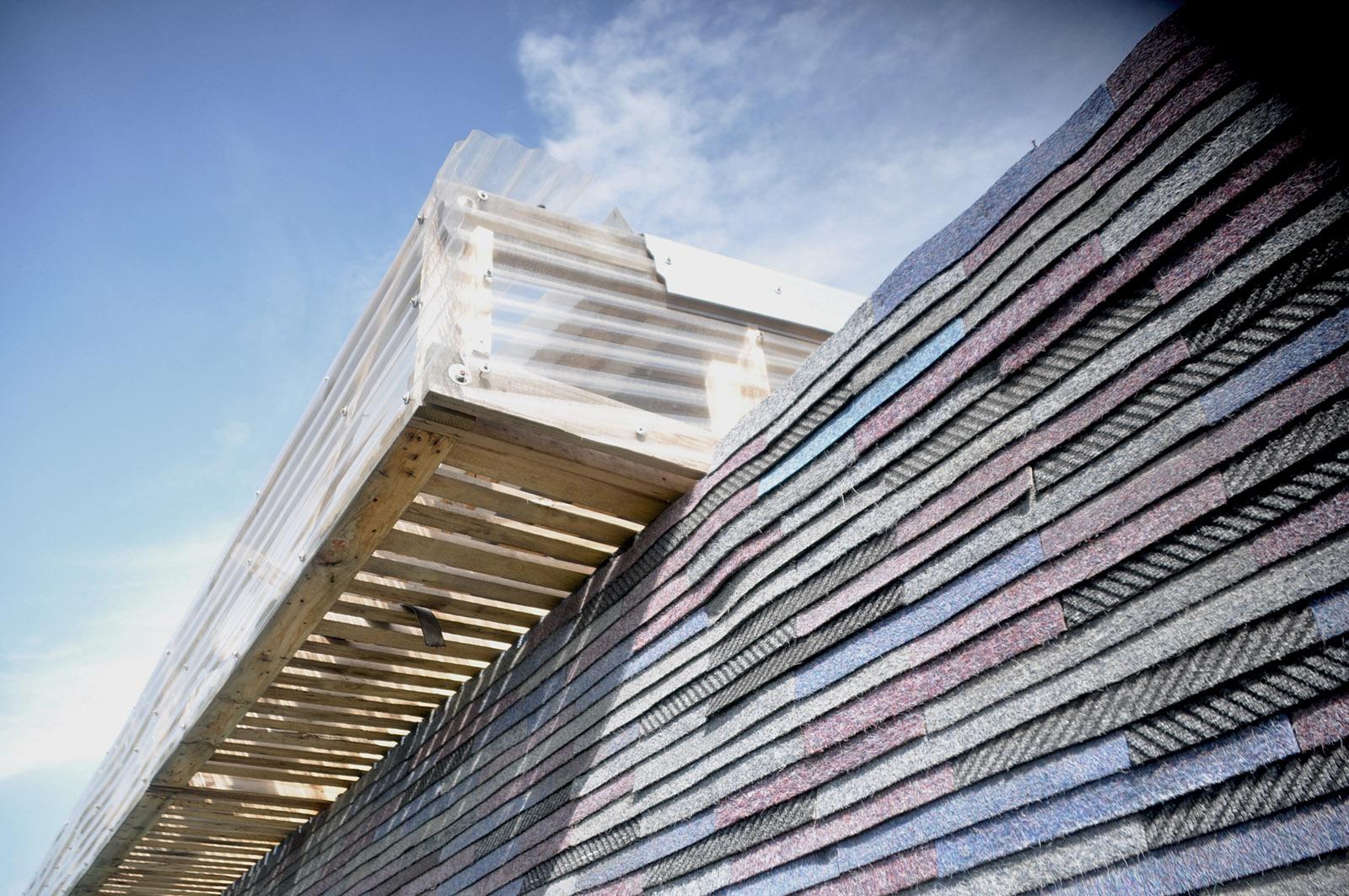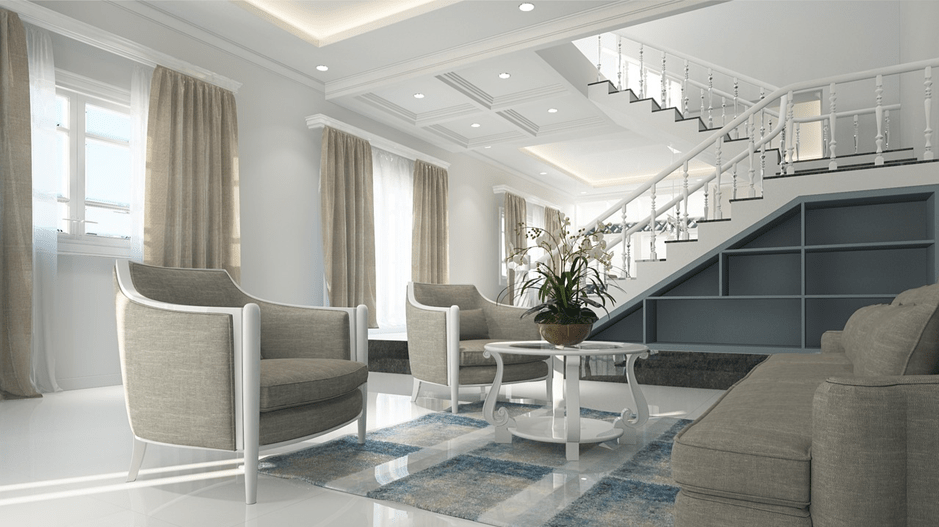- Home
- Articles
- Architectural Portfolio
- Architectral Presentation
- Inspirational Stories
- Architecture News
- Visualization
- BIM Industry
- Facade Design
- Parametric Design
- Career
- Landscape Architecture
- Construction
- Artificial Intelligence
- Sketching
- Design Softwares
- Diagrams
- Writing
- Architectural Tips
- Sustainability
- Courses
- Concept
- Technology
- History & Heritage
- Future of Architecture
- Guides & How-To
- Art & Culture
- Projects
- Interior Design
- Competitions
- Jobs
- Store
- Tools
- More
- Home
- Articles
- Architectural Portfolio
- Architectral Presentation
- Inspirational Stories
- Architecture News
- Visualization
- BIM Industry
- Facade Design
- Parametric Design
- Career
- Landscape Architecture
- Construction
- Artificial Intelligence
- Sketching
- Design Softwares
- Diagrams
- Writing
- Architectural Tips
- Sustainability
- Courses
- Concept
- Technology
- History & Heritage
- Future of Architecture
- Guides & How-To
- Art & Culture
- Projects
- Interior Design
- Competitions
- Jobs
- Store
- Tools
- More

Upcycling, often deemed “creative reuse,” is the process of transforming discarded, obsolete, or unwanted items into new products of better quality or for better environmental value. It stands distinct from recycling in several key ways:
Whereas recycling often involves breaking down materials into their raw forms to be remade into new items, upcycling repurposes or refurbishes the materials without breaking them down to their core elements. This means that upcycling typically uses less energy and resources compared to recycling. Upcycling adds value by turning a waste material into something useful again. For instance, an old wooden ladder might be transformed into a bookshelf, or discarded fabric samples might be sewn together to form a patchwork quilt.
By giving a second life to old items and materials, upcycling prevents waste and reduces the need for new raw materials. This in turn helps in minimizing environmental impact, such as reducing deforestation or the carbon footprint associated with producing new items.
Upcycled items often have a unique charm and aesthetic, born from their previous forms. This distinctiveness sets them apart from mass-produced items, making each upcycled piece one of a kind. Upcycling can be cost-effective since it makes use of existing materials rather than requiring new raw materials. Additionally, it has given rise to numerous businesses and artisans who specialize in creating upcycled products, contributing to local economies and providing job opportunities.

In essence, upcycling is not just a sustainable way of thinking but an art form, allowing individuals and businesses to express creativity while promoting a circular economy and environmental responsibility.
In an era where sustainability has taken center stage, the world of furniture design has witnessed an inspiring transformation. Enter the trend of upcycling – an ingenious blend of creativity, environmental responsibility, and style. Upcycled materials have become the secret ingredient for designers who aim to produce pieces that are not just functional but also environmentally-conscious and unique.
Table of Contents
ToggleBenefits of Upcycled Furniture
- Environmental Impact: By reusing materials, we reduce the need to produce new raw materials. This translates to less deforestation, less energy consumption, and a significant reduction in carbon footprint.
- Economic Savings: Repurposing discarded items can often be more cost-effective than purchasing new raw materials. This savings can sometimes be passed onto consumers.
- Uniqueness: Every upcycled furniture piece has its own story. The individual marks, textures, and idiosyncrasies of each item give them a distinctive charm that mass-produced furniture often lacks.

Credit: 10 Easy Pieces: Recycled Plastic Furniture – Remodelista
Popular Upcycled Materials in Furniture Design
- Pallet Wood: Once deemed waste, pallet wood has found a new life in the form of chairs, tables, and even bed frames. It offers a rustic appeal while being sturdy.
- Metal: Old car parts, pipes, and wires are often reshaped into contemporary furniture designs, offering an industrial aesthetic.
- Glass and Ceramics: Broken tiles, discarded bottles, and old ceramics are being innovatively used to create tabletops, mosaic features, and other decorative elements.
- Textiles: Vintage clothes, old curtains, or discarded upholstery can be repurposed into unique cushion covers, sofa throws, or even reupholstered seats.
Leading the Way: Notable Designers & Brands
Brands and designers globally have started to understand the potential of upcycled materials. Companies like IKEA have launched limited-edition collections focused on upcycling. Independent designers such as Piet Hein Eek have built entire careers around using scrap materials.
Future of Upcycled Furniture
With a growing awareness of the importance of sustainable living, the upcycling trend is only poised to grow. Technological innovations, such as 3D printing using recycled materials, can further open up possibilities. The key will be to ensure quality and durability, so that upcycled does not equate to subpar.
The fusion of artistry and environmental consciousness in upcycled furniture signifies more than a passing trend; it reflects a shift in our societal values. As consumers become more discerning and the planet’s well-being becomes a priority, upcycled furniture stands out as a beacon of sustainable innovation. In embracing this movement, we’re not just choosing unique and stylish furniture; we’re choosing a better future for our planet.

Submit your architectural projects
Follow these steps for submission your project. Submission FormLatest Posts
The Ultimate Guide to Fencing in North Dakota: Choosing the Best Fence for Your Property
Watching a chain link fence twist in 70 mph winds near Minot...
Gaudí: Where Architecture Meets Science
Gaudí: Where Architecture Meets Science shows catenary arches, ruled surfaces, and biomimicry...
How Housing Market Forces Shape Architectural Design Today
Architecture never exists in isolation. Buildings rise from a mix of ambition,...
Why Portable Formaldehyde Gas Detectors Matter on Construction Sites
As construction practices shift toward more enclosed and material-intensive environments, the risk...












Leave a comment